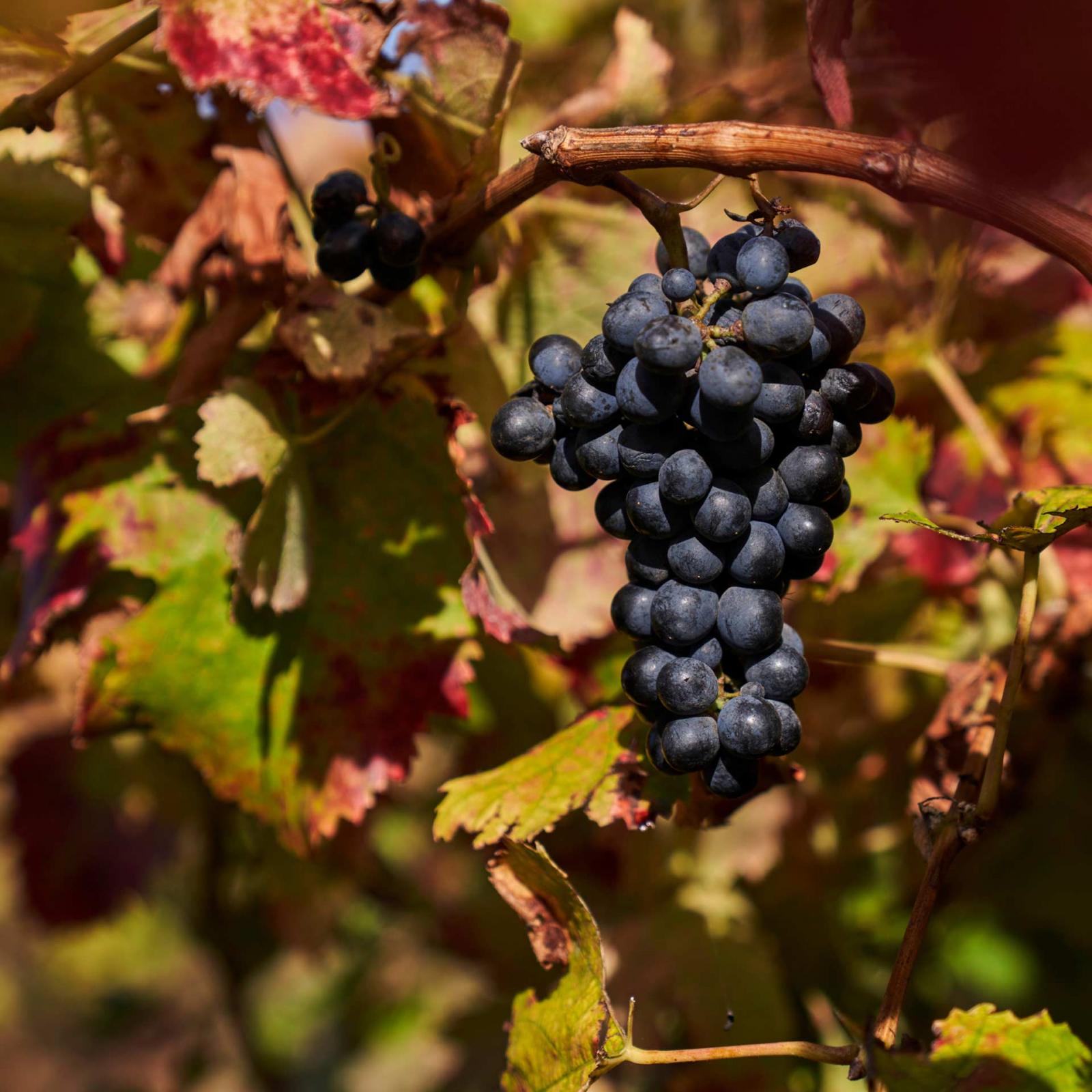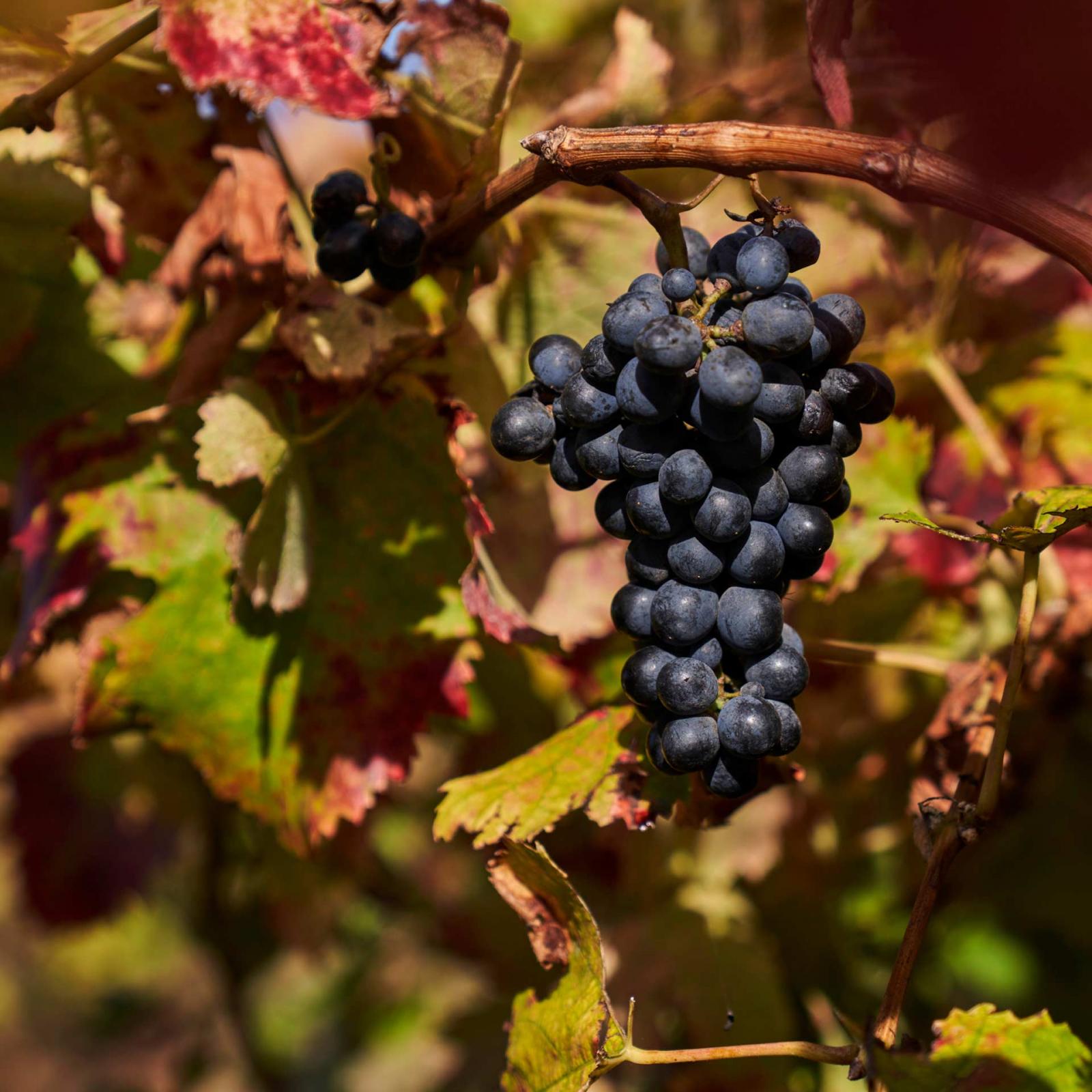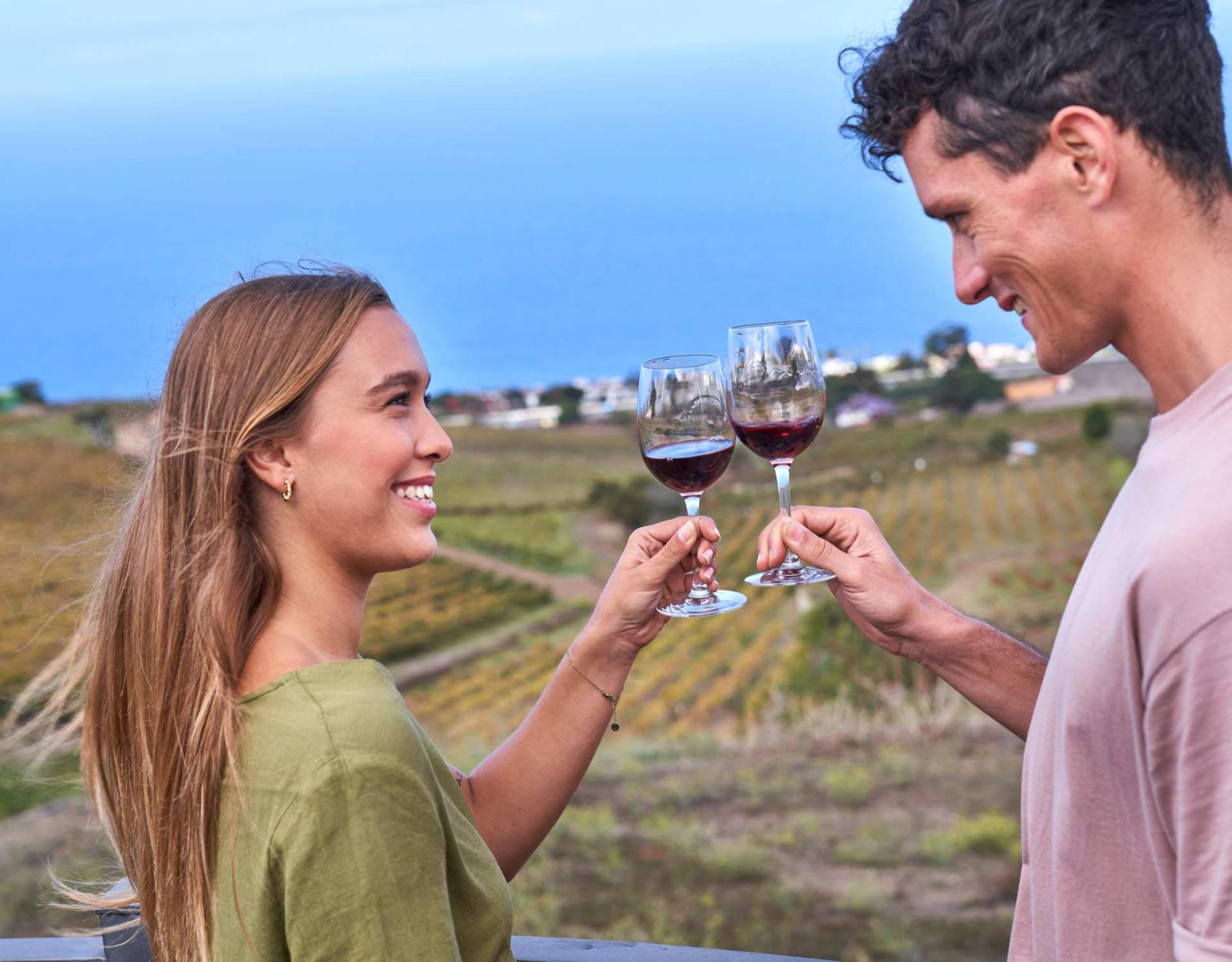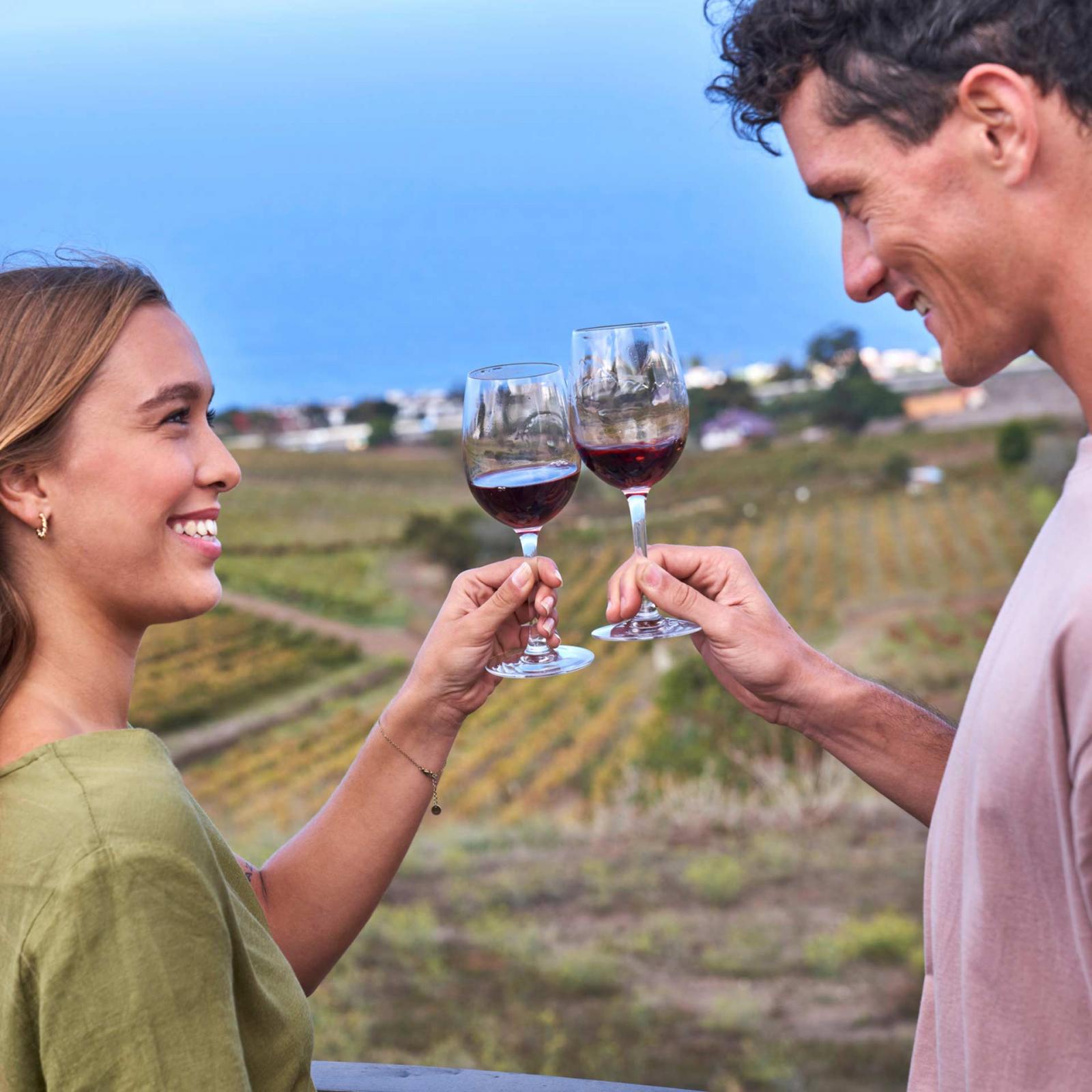Some of the most singular wines in the world are produced in the Canary Islands. As a region that remained free from the phylloxera plague, dozens of varieties were conserved which disappeared from the rest of the planet. Now they are autochthonous and endemic, and offer up unique sensations on the palate. The excellent climate, the volcanic soil and the careful cultivation of wine-growers do the rest in the vineyards of the Canary Islands. Enjoying these highly-prized, award-winning wines is quite the experience, the fruit of a unique region.
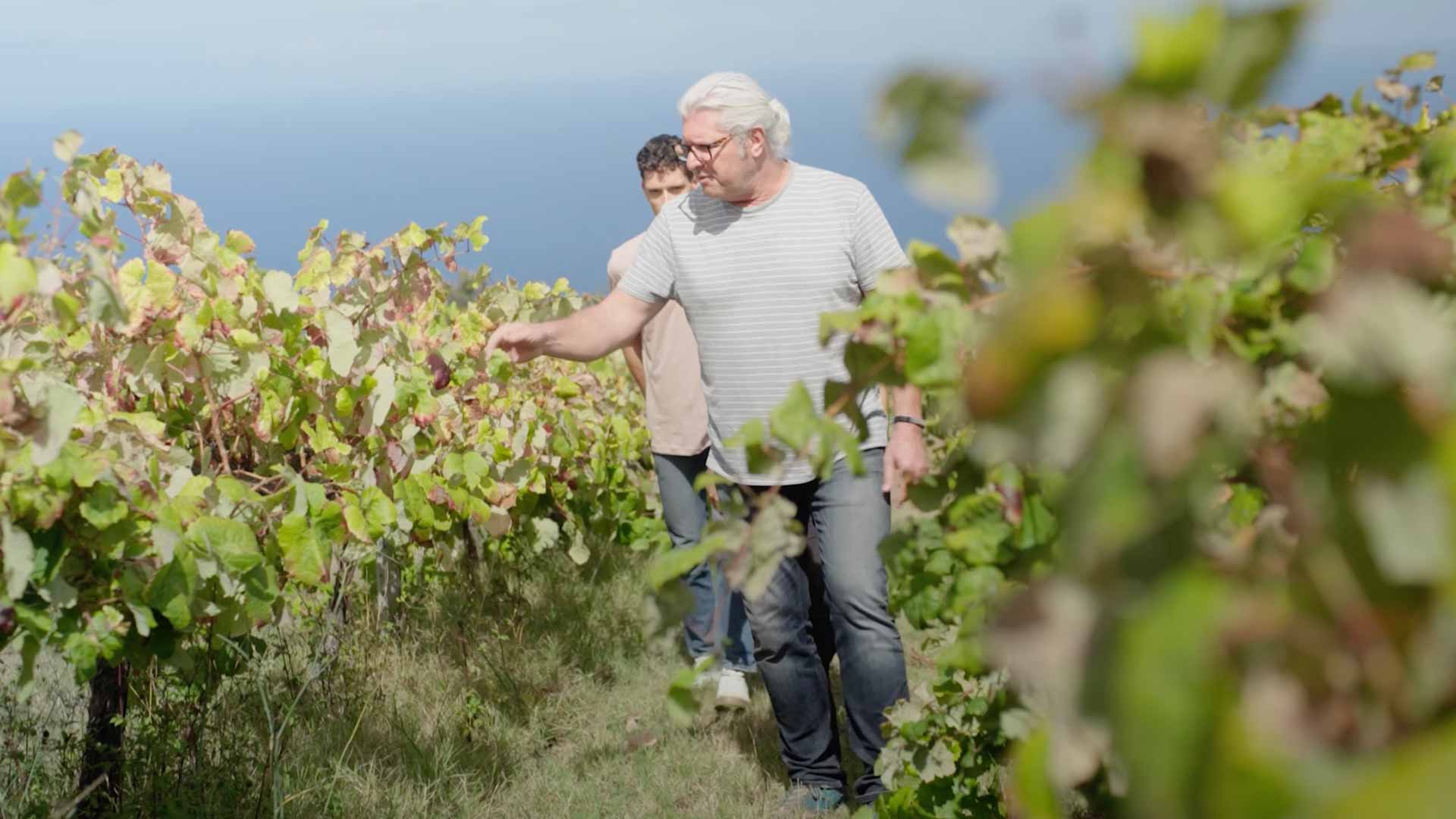

Variety at different altitudes
Of the 7,493 km² of territory of the Canarian archipelago, 6,757 hectares are devoted to the cultivation of vines on the seven largest islands. They occupy different climate layers, ranging from close to sea level up to altitudes of nearly 1,700 metres in the more mountainous areas, and the islands’ wine-growers pamper and tend almost a hundred different grape varieties, the first of which arrived here over 500 years ago.
The first vines on the Canary Islands
The first varieties of vine to be cultivated were brought by monks, explorers, conquistadors, merchants and European settlers after the conquest of the Islands in the 15th century. The earliest news we have of their introduction to the Canary Islands speaks of the “vine of Aníbal”, on Fuerteventura. This vine, which was planted between 1402 and 1412, was named after Aníbal, the bastard son of the conquistador Gadifer de La Salle.
Other sources refer to the planting of the first vine on Tenerife in 1457, by Fernando de Castro from Portugal, and on El Hierro, in 1526, by the Englishman John Hill.
Phylloxera made them unique
In the 19th century, the introduction of vines with phylloxera from the United States caused a plague throughout Europe which devastated the vineyards of the old world. This brought about a drastic reduction in grape varieties, which only survived on the Canarian archipelago, a region that remained free of the blight. This is why we speak of unique vines on the Canary Islands: the grapes come from vineyards that are extinct elsewhere in the world.

To produce such special wines, it is not only the 500 years of cultivation of unique varieties that are significant. There are also the mutations, the hybrids, the selection made by wine-growers and naturally, the volcanic nature of the soil itself and the climate conditions of the Islands, which contribute to the creation of a whole wine-growing microcosmos that results in originality and singular properties.
From Shakespeare to American independence
Some famous quotes refer to Canarian wines, and in particular Malvasias, in the works of authors like William Shakespeare (“Henry IV”), Walter Scott (“Ivanhoe”) and many more. A less well-known fact is that “Canary wines” helped finance the American War of Independence.
The close relationship between Irish exporters established in Tenerife and some of the Founding Fathers of the United States (the financier Robert Morris and the politician and diplomat Benjamin Franklin) is recorded in numerous documents. They reveal how the clandestine trade of the prestigious Canarian wines of the period was used by Morris and Franklin to finance the Thirteen Colonies’ war against England.

Grapes and designations of origin
There are eleven designations of origin for Canarian wines: one is regional (Canary Wine), several are for islands (El Hierro, La Palma, La Gomera, Gran Canaria, Lanzarote) and the rest are for areas of Tenerife that are especially productive in terms of wine (Abona, La Orotava, Tacoronte-Acentejo, Valle de Güímar and Ycoden-Daute-Isora). Particularly noteworthy, as the best-known and most highly esteemed varieties, are the two Malvasias (volcanic and aromatic Malvasia), Listan blanco, Vijariego and Marmajuelo, for the white grapes, and as for the red grapes, Listán negro, Negramoll, Vijariego and Baboso negro.
These wines are original due to the character imprinted on them by exclusive varieties, which stand out for their volcanic minerality, inviting us to enjoy their bouquets, freshness and acidity.
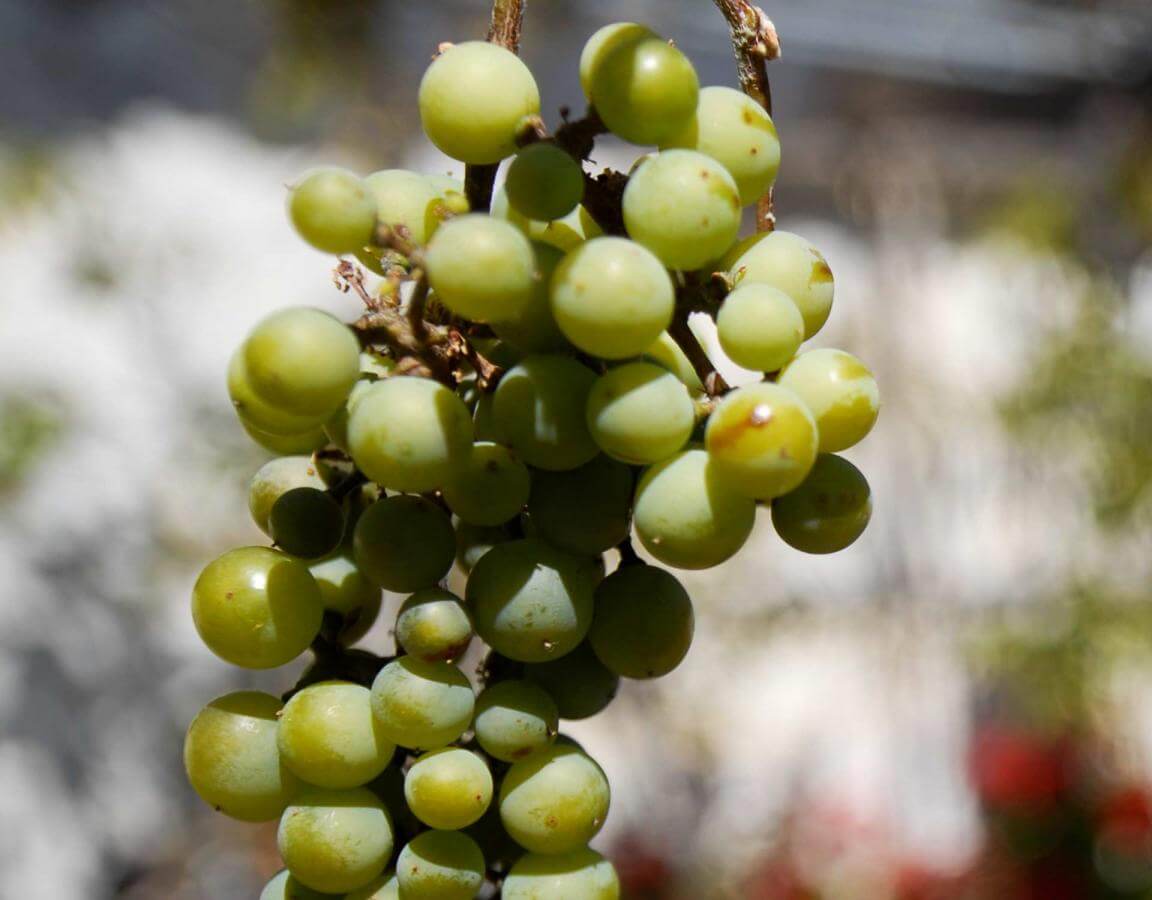
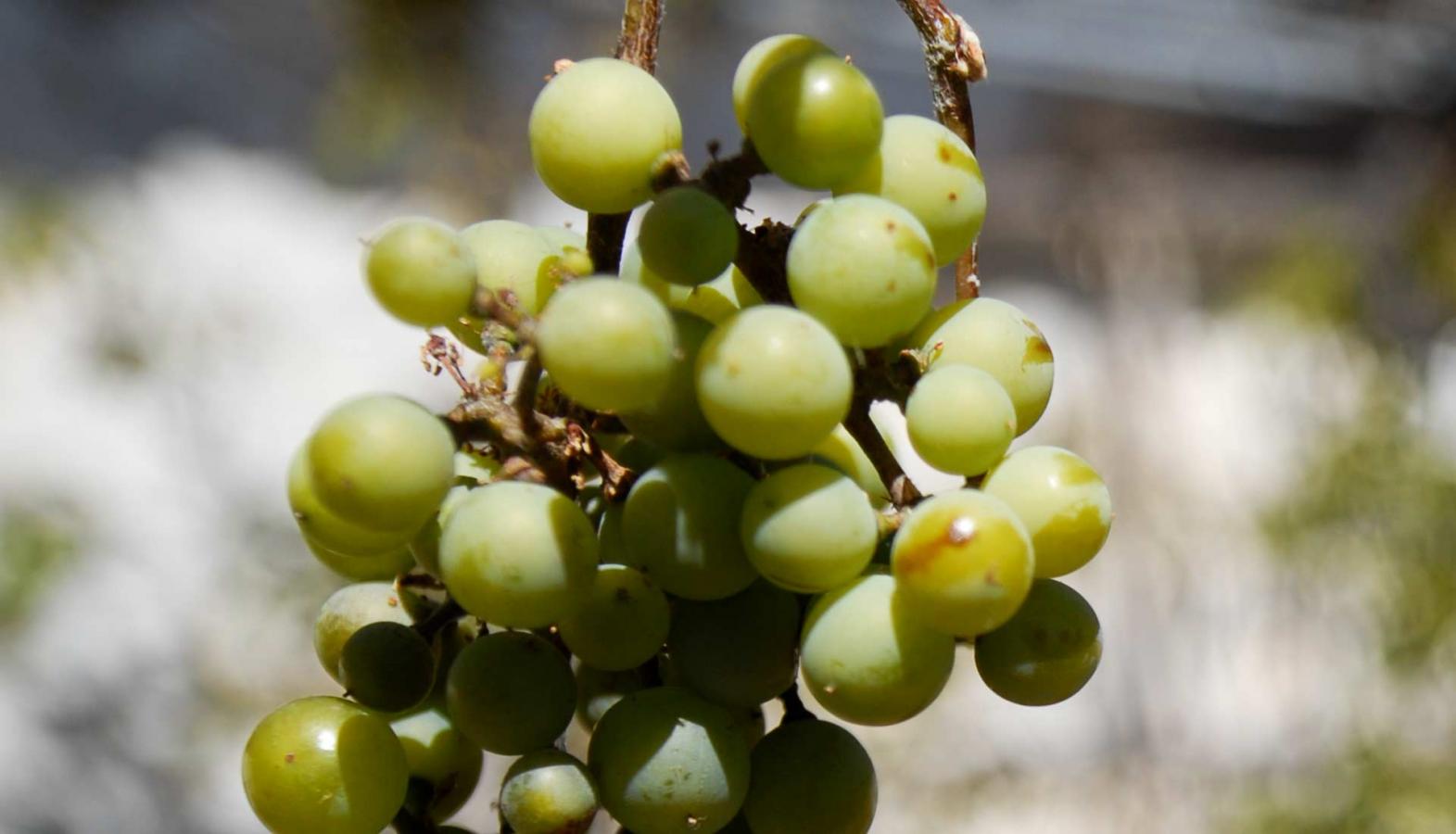
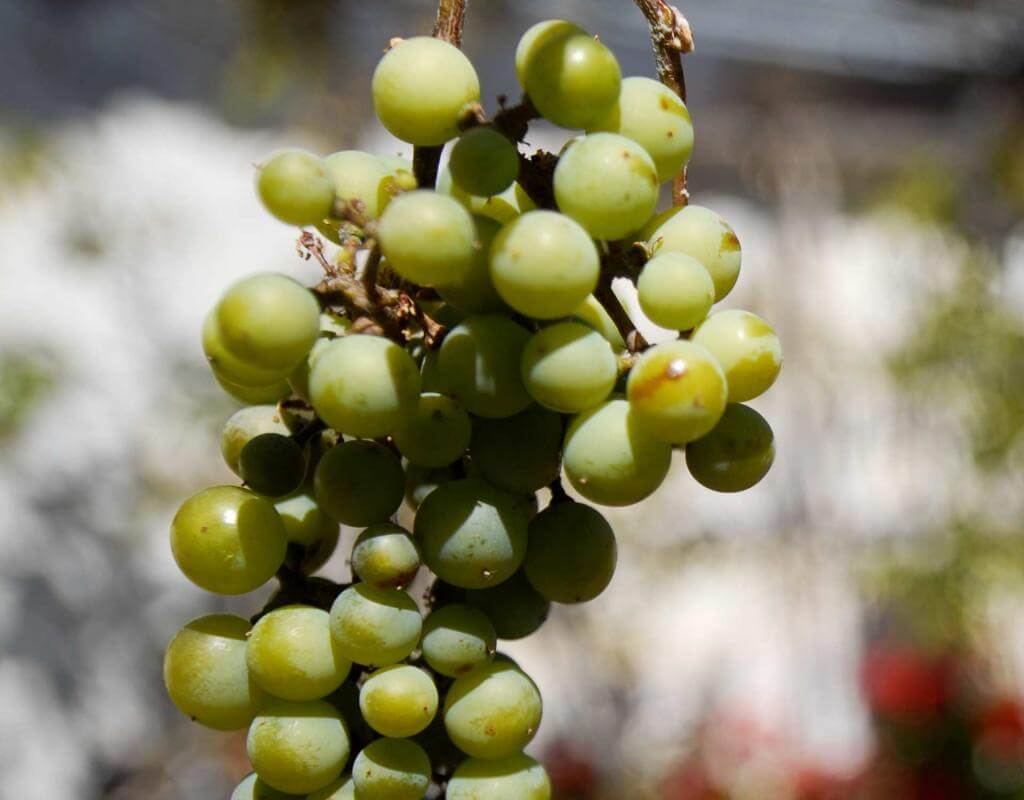
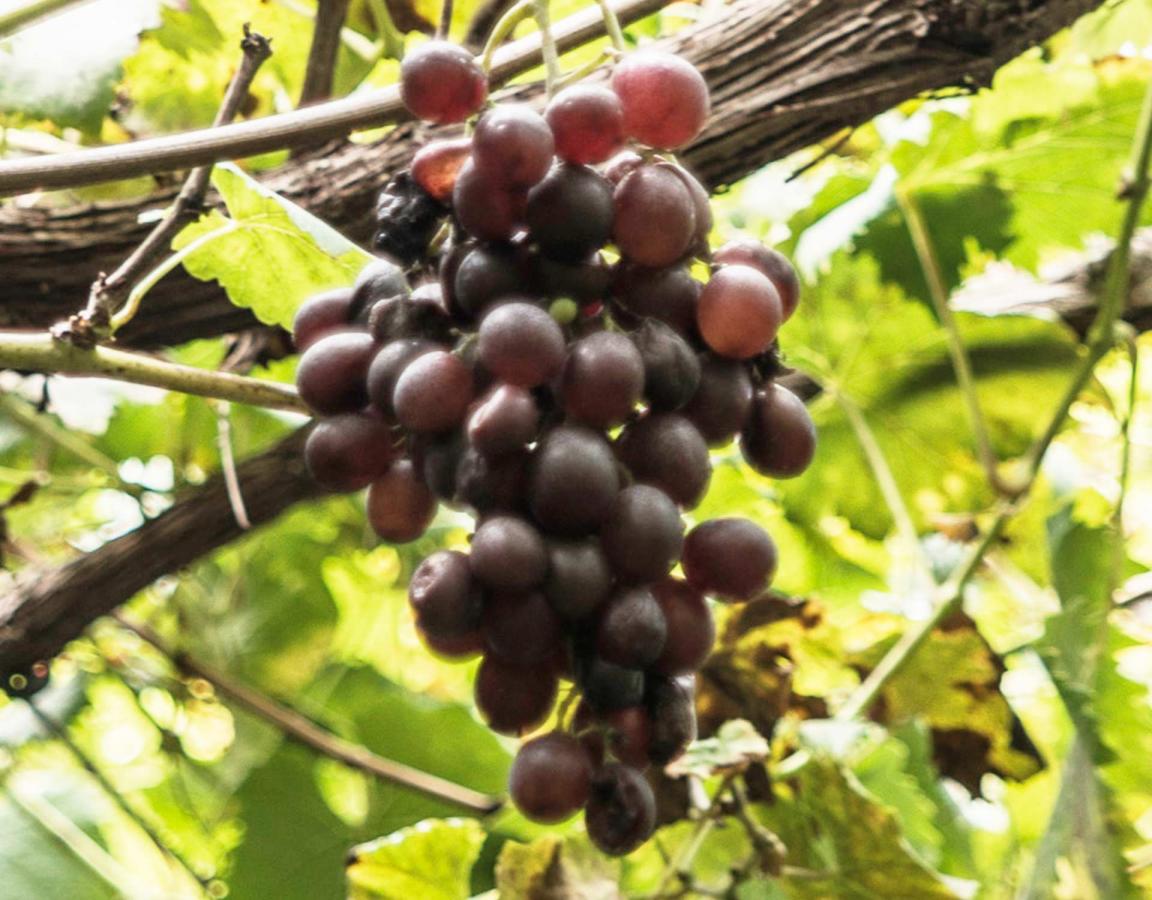
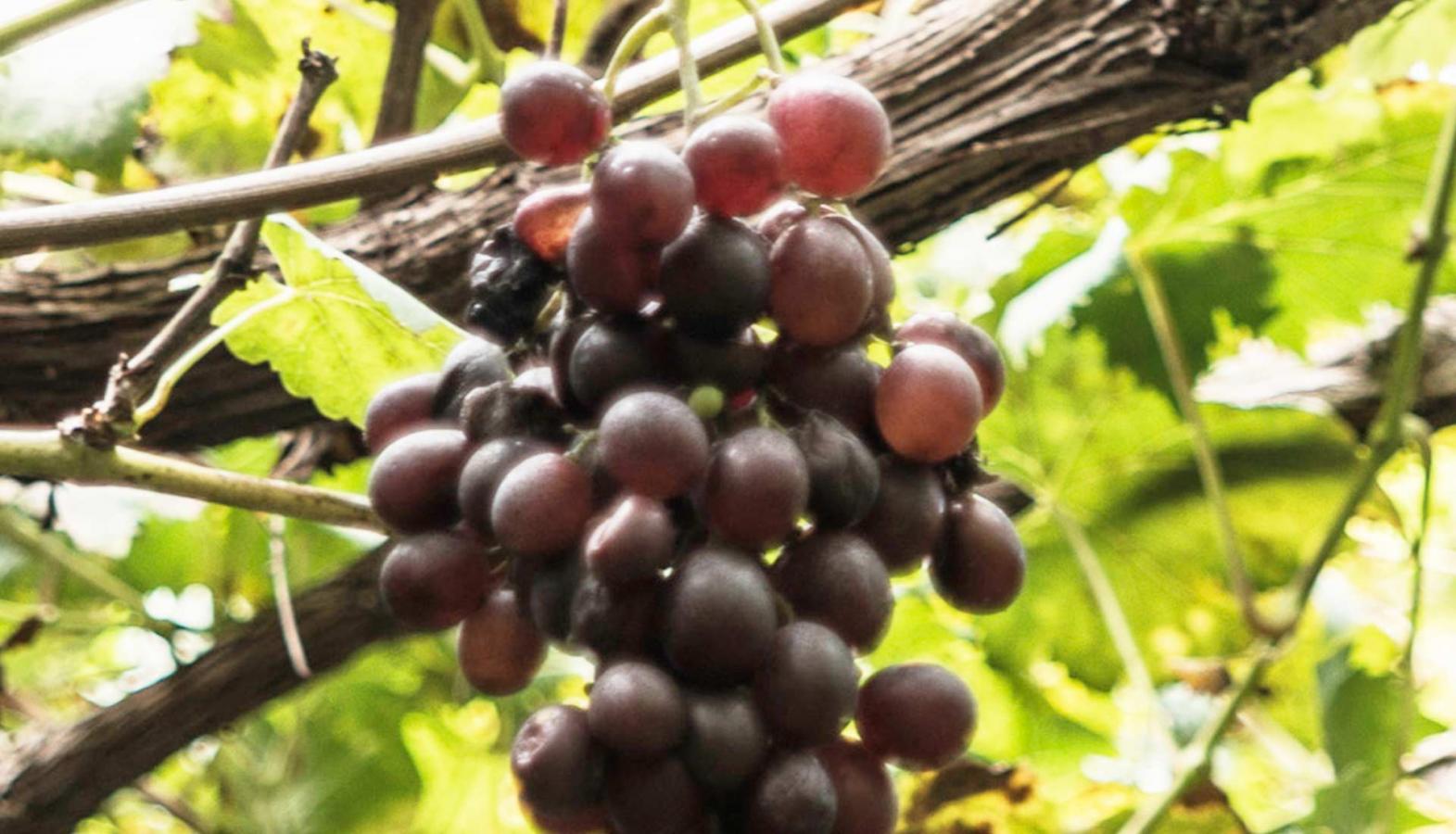
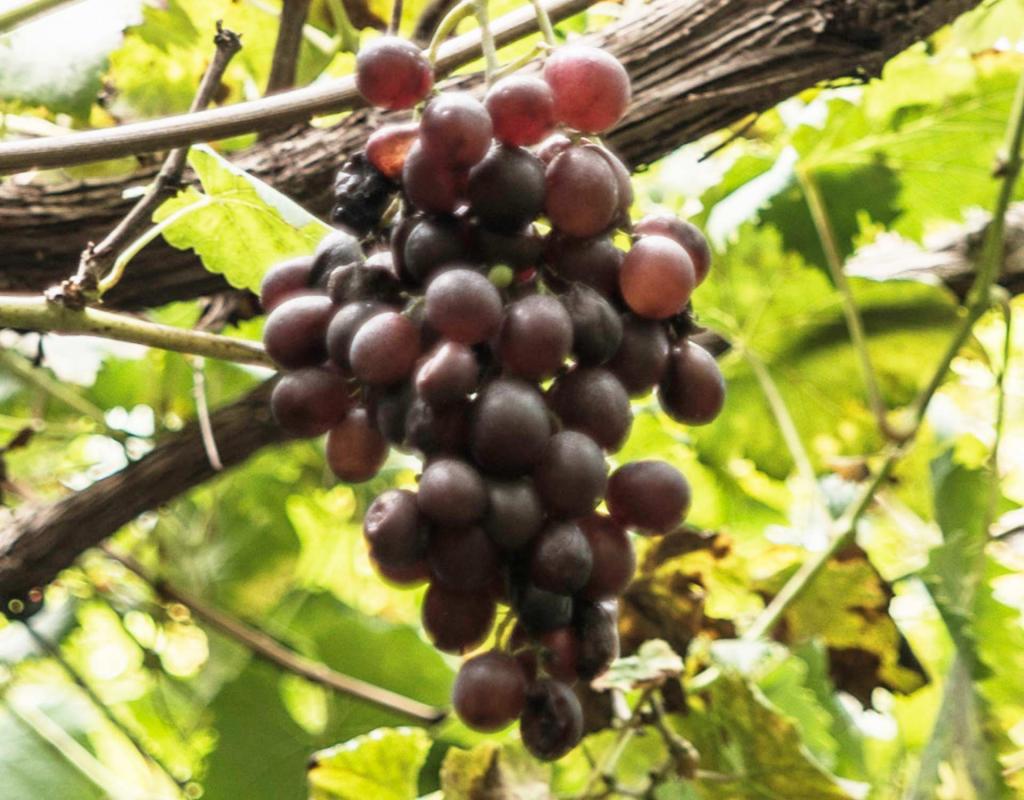
Wines with Canarian character around the world
The landscape of Canarian wines is that of a heroic wine production ranging from one extreme to another of the archipelago, from the astonishing volcanic ash scenery of La Geria (on Lanzarote) to the relics of vineyards yet to be discovered and catalogued, amidst the Laurissilva forest of Valle de El Golfo (El Hierro). In between, an entire gamut of landscapes sculpted by the action of humans, turning desert-like plains or rugged mountains into plots of land for cultivating vines under conditions that are extreme, both for the plant itself and for those who tend and harvest its fruit.

Reds, whites, rosés, sweet and sparkling wines in different productions, and with maximum respect for the raw material, are all consumed on the Islands themselves, but also in countries from one side of the planet to the other, where they are exported: from the United States to Japan and China, with numerous countries in Europe in between. Their participation in major international wine competitions always yields a significant haul of awards.



